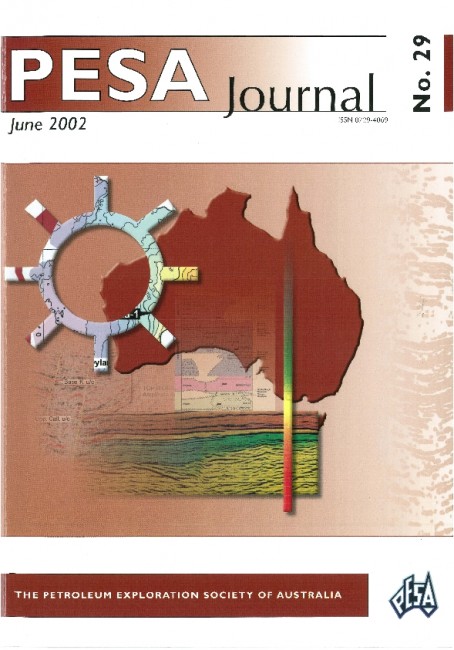Publication Name: PESA Journal No. 29
Authors: I.C.F. Stewart, B.L. Dickson, G.M. Taylor, M.J. Deuter, R.J. Annells and J.N. Mulready
Publication Volume: 29
Date Published: June 2002
Number of Pages: 8
Reference Type: Journal Article
Abstract:
A large anomaly about 3 km across found in the uraniumchannel of an aerial gamma-ray survey over the onshore section
of the Gippsland Basin, Victoria, Australia, has been shown to
coincide with an accumulation of biodegraded hydrocarbons
and radium (226Ra) in a dried lake bed. Soil samples from the
area of the strongest anomaly contain activities of an isotope of
lead ("0Pb, a daughter of 226Ra with a half-life of 21.7 years)
which indicate the anomaly has formed over an extended
(greater than 100 years) time period. The anomaly coincides
with a structural high (the Baragwanath Anticline) and the
Rosedale Fault System, which presumably facilitated the
movement of both groundwater and hydrocarbons to the
surface.


